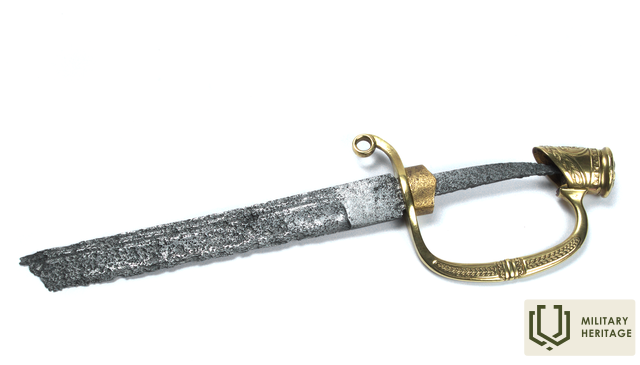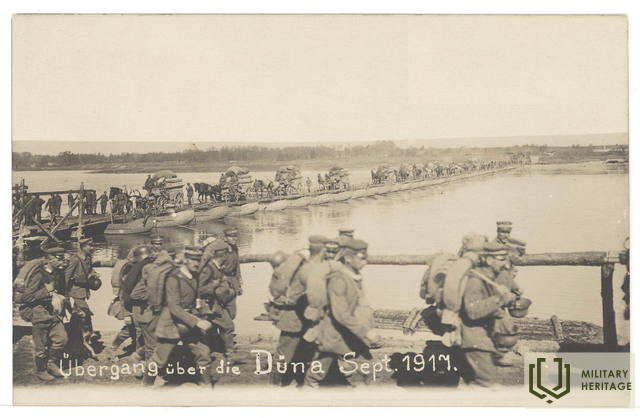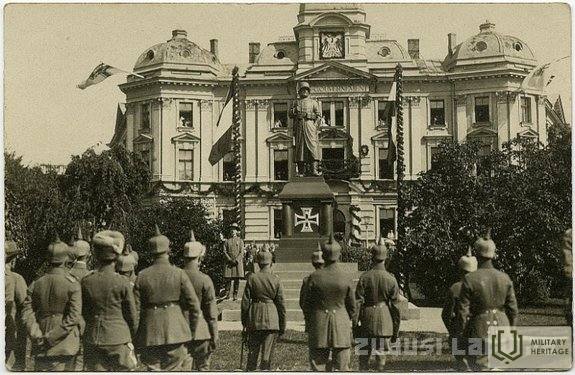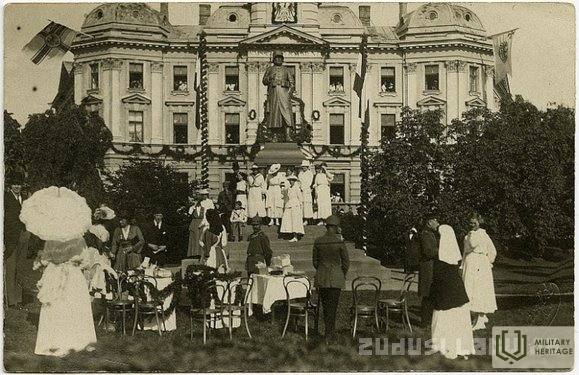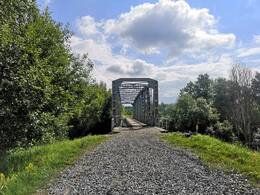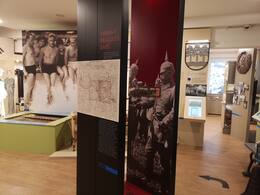Battle of Jugla – Itje Offensive I World War I
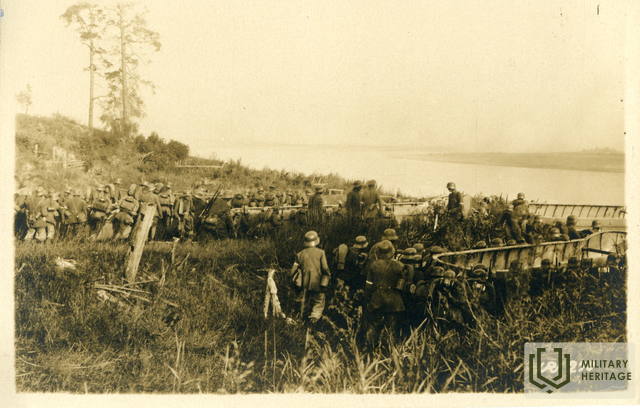
The Riga Operation, also known in military history as the Battle of Riga or Hutier's Riga Offensive (German: Schlacht um Riga — 'Battle of Riga', English: Hutier's Offensive at Riga), was an offensive operation by the 8th Army of the German Empire during World War I with the aim of capturing Riga and encircling parts of the 12th Army of the Russian Republic defending it. After the February Revolution of 1917 and the abolition of the monarchy, the combat capabilities of the Russian Army decreased with each passing month. Already by the end of the summer, according to military terminology, these troops can safely be called the "people's militia". The battles took place from 1 to 6 September 1917. More than 60,000 soldiers participated in the attack on the German side, while 161,000 soldiers defended the Russian side. The soldiers of the 2nd Latvian Rifle Brigade in the defensive battle near Mazā Jugla managed to prevent the Russian troops from entering the encirclement
The commander-in-chief of the German 8th Army, Oskar von Hutier, wanted to test a new method of warfare near Riga, where several hours of highly concentrated and combined artillery fire in 500 x 400 m rectangles were followed by an immediate infantry attack. On the morning of September 1, 1917, after three hours of artillery fire, the Germans began building wooden pontoon bridges across the Daugava. Approximately 560,000 shells were fired from 1,159 guns and mortars, which completely suppressed 66 Russian guns and forced the 186th Division, stationed on the right bank of the Daugava, to retreat.
After artillery fire, an attack on the Latvian riflemen's positions began in the middle of the day on September 2. Defensive battles unfolded on a 14 km long front along the right bank of the Mazā Jugla River. Before the battle at the Mazā Jugla River, the 2nd Latvian Riflemen Brigade had not previously carried out any joint combat operations, sometimes two regiments operated together in one operational group. In the summer of 1917, the brigade received reinforcements or marches from the Latvian Riflemen Reserve Regiment, which was stationed in the Valmiera district. Before the Battle of Mazā Jugla, the 2nd Brigade was in positions in the Ložmetējkalns and Kalnciemas highway area for three months, from 1917.15.05. to 21.08.08. There was no fighting during this period, however, the long stay in the trenches, food and other problems exhausted the soldiers.
The soldiers of the 2nd Latvian Rifle Brigade, with a few guns, faced a numerically and technically stronger group of German troops, who also used aviation, flamethrowers and poison-filled artillery shells in the attack. The riflemen managed to heroically hold the front for 26 hours until September 3, when the main forces of the Russian 12th Army had already been withdrawn from Riga along the Riga-Petrograd railway. Having fulfilled their task, the surviving Latvian soldiers retreated to the Sigulda and Cēsis positions on the orders of the 12th Army command. The losses were very heavy - more than half of the fighters in the 5th Zemgale and 6th Tukums Latvian Rifle Regiments were knocked out of the ranks, the 7th Bauska and 8th Valmiera Latvian Rifle Regiments suffered less.
More information sources
https://lv.wikipedia.org/wiki/R%C4%ABgas_oper%C4%81cija#cite_note-autogenerated1-1
http://latviesustrelniekusaraksts.lv/Kaujas_darbiba/Book_3.html
Related timeline
Related objects
River Valley Trench
The starting point of the route is located in the center of Upesleji near the bus stop.
On the morning of September 1, 1917, after a three-hour artillery barrage, the Germans began building three wooden pontoon bridges across the Daugava near Ikšķile. Approximately 560,000 shells were fired from 1,159 guns and mortars, which completely suppressed 66 Russian guns and forced the 186th Division, stationed on the right bank of the Daugava, to retreat. The commander of the Russian 12th Army, General Parskis, ordered the 43rd Corps to counterattack at the breach and placed at the disposal of the corps commander the 33rd, 136th, 138th divisions, one brigade of the 116th Division, and the 2nd Latvian Rifle Brigade.
On the afternoon of September 1, the Latvian riflemen received an order to advance to fight against the Germans crossing the Daugava. The 2nd Latvian Riflemen Brigade from Ropaži went to meet the attacking German units and the soldiers of the 5th Zemgale Latvian Riflemen Regiment reached the fortified positions along the right bank of the Mazā Jugla River at around four o'clock in the afternoon. After artillery fire, the attack on the Latvian riflemen's positions began in the middle of the day on September 2. Defensive battles unfolded on a 14 km long front along the right bank of the Mazā Jugla. The soldiers of the 2nd Latvian Riflemen Brigade with a few guns faced a numerically and technically stronger group of German troops, who also used aviation, flamethrowers and poison-filled cannon shells in the attack. The riflemen managed to heroically hold the front for 26 hours until September 3. Having accomplished their task, the surviving Latvian soldiers retreated to the Sigulda and Cēsis positions on the orders of the 12th Army command. The losses were very heavy – more than half of the fighters in the 5th Zemgale and 6th Tukums Latvian Rifle Regiments were routed, while the 7th Bauska and 8th Valmiera Latvian Rifle Regiments suffered less.
Cultural Heritage Centre "Tīnūži Manor"
The Cultural Heritage Centre ‘Tīnūži Manor’ is located in Ogre municipality, Tīnūži village, 7 km from the cities of Ogre and Ikšķile. The first written evidence about the manor dates back to the 16th century. Until the mid-18th century it was considered an economic production unit with small and insignificant buildings. But over time it grew into a large farm. During World War I, battles between the Russian and German armies took place here, and the Latvian Riflemen were also involved. During the War of Independence Tīnūži manor was used as the headquarters and armoured car park of the 1st Valmiera Infantry Regiment of the Latvian Army. In 1932, the manor was given to the Union of the Latvian War Invalids, which provided accommodation and care for war veterans. During World War II (in 1943) the German Army unit FAT 212 was transferred from Estonia to Tīnūži manor. It was a saboteur unit that prepared soldiers to fight the Red Army. Latvian soldiers were also trained in the arts of intelligence gathering, guerrilla warfare tactics and sabotage. The lord house of Tīnūži manor was destroyed when the Red Army was moving towards Riga. Nowadays it is a place with a beautiful landscape and historical buildings on the banks of the Little Jugla River. Exhibits dedicated to historical events, including the ones concerning the Latvian Riflemen, can be seen at the Cultural Heritage Centre ‘Tīnūži manor’.
Ogre History and Art Museum
Ogre History and Art Museum was established in 1981. The museum collection comprises more than 40 thousand different units obtained in the territory of Ogre city and the former Ogre district. It extensively depicts the cultural and historical heritage starting from ancient times till modern days.
In the exhibition “From Bank to Museum” the visitors can get acquainted with the history of the building at 36 Brīvības street, and its transformation over the period of 50 years. Initially built as a bank of the USSR, it has lately become the home of Ogre History and Art Museum.
The exposition “Holiday-Makers in Ogre” is dedicated to one of the brightest and most legendary pages in the history of the town. It shows the recreation possibilities, the entertainments of the holiday-makers’, as well as the legends entwining the cultural and social life of Ogre from the beginning of the 20 th century till World War II. The life story of Ogre as a resort town is presented by carefully selected documents and objects, as well as their attractive artistic presentation.
Exhibitions at the museum change monthly. The thematic exhibitions are usually dedicated to different historical events but the artists, such as painters, ceramists, graphic designers, photographers and representatives of other creative professions from Ogre Municipality and the whole country, are represented in the art exhibitions.
Monument to the Battle of the Mazā Jugla at Tīnūži
Located in the village of Tīnūži in Ikšķile municipality, on the side of the highway near the Tīnūži elementary school.
A memorial to the Latvian riflemen who fought against the German army during World War I. The Battle of the Mazā Jugla River on September 1-2, 1917 was the culmination of the Riga Operation. The German army launched an attack against Ikšķile with the aim of taking Riga and capturing the Russian 12th Army. German army units, crossing the Daugava on pontoon bridges, reached the area around the Mazā Jugla River, where they were blocked by Latvian riflemen. They were ordered to delay the enemy until the entire Russian 12th Army escaped the encirclement without being captured by the German army. The fighting took place with heavy losses for both warring sides.
Today, you can visit the monument "Altar of Heroes" by sculptor Jānis Karlovs, dedicated to Latvian fighters, unveiled in 2005. 300 meters away is the Tīnūži Manor, where an exhibition is located.
Mercendarbe Manor
Located in Baldone municipality, 4 km from Baldone, near the Iecava – Baldone – Daugmale highway.
Mercendarbe is one of the manors near which the Baldone spa, which was the oldest in Latvia, was located. The history of the manor is supplemented by the events of World War I. It was located 7 km from the active front fighting site - Nāves sala. Mercendarbe manor served the purposes of the German army, and its surroundings became a direct witness to the war.
During the war, railway infrastructure was one of the most important issues in the plans of every army. In 1915, Germany had occupied the territory of Latvia (at that time part of Russia) and began to build new railway lines to quickly transport soldiers, organize supplies and export resources to Germany, such as timber cargoes. One of the new railway lines connected Mercendarbi with Vecumnieki and further to Jelgava, which was an important support point for the German army. The Mercendarbi line was used to supply soldiers on Death Island, and it also provided support for German army units when they attacked Riga, crossing the Daugava.
Today, the manor houses the Baldone Museum and a Tourist Information Point. A Mercenary Walking Trail has been created, which is part of the “Baldone Story Trail”. You can still see the German army railway embankment.
Section of the German military railway on the Mercendarbe-Skarbe route
The former railway route is clearly visible in nature, as the railway embankment has been preserved for practically the entire section of the road, where there is a forest today. When walking along the embankment, pay attention to the ground cover - it is possible to see the preserved places of sleepers. Today, some of the railway sections serve as the base of roads, for example, as a trail for logging. Near Mercendarbe Manor, the railway embankment has been leveled, but near Riekstukalns, where the forest resumes, it continues.
O. Anderson, a researcher of Baldone history, writes about the history of this railway as follows:
“During World War I, when in 1916 the front line had stabilized along the left bank of the Daugava River in order to supply the German army, on March 15, 1916 the commander of the army railway service decided to build a line from Vecumnieki to Mencendarbi. The length of the line was 25 kilometers. On March 30, 5,000 workers began work and by May 1, the line had been built to Skarbe station, and by May 6, to Mercendarbi. The railway began in Vecumnieki, as the Neugut Kurland station, then the Nougut Nord, Birsemniek, Gedeng, Skarbe, Merzendorf stations (German names). Later, the line was extended to Riekstu Kalnas and to Vilki Kalnas opposite Ikšķile. Since the Jelgava-Krustpils line had already been rebuilt to the German (Western European) gauge, a line with 1435 mm wide. It was no longer some kind of ''little bridge'', but a normal railway. The largest station was Skarbe. The largest cargo handling works also took place there, so that they could be transported to the front by horse transport. The railway line was still in operation in 1921, when logs and firewood were sent along it. It was demolished in 1925. Today, the site of the station has remained intact, you can see the railway track, the embankment of the tracks, and the places of the sleepers. It is amazing that after 100 years we can walk along this railway. It just feels like a train is coming right now and we will have to step aside.”
Related stories
Battle of the Little Jugla River/ Riga Operation
The narrator describes his impressions of the beginning of the Riga operation, when the German army artillery begins shelling the Russian army positions. He describes the chaos that prevails in the Russian army and the mood of the Latvian riflemen before the battles.




